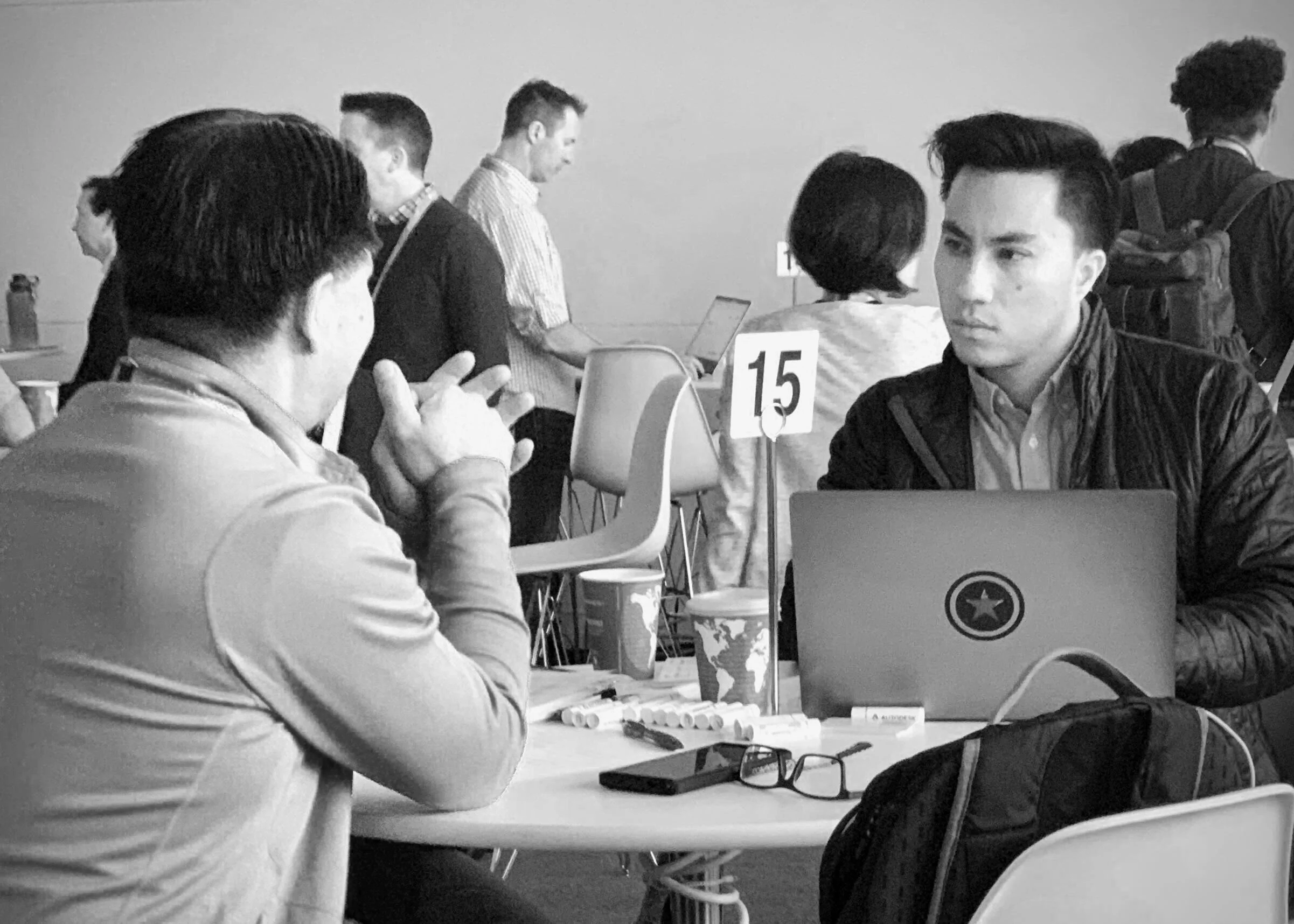Introducing Premium Subscription
Oversee and represent experience design when Autodesk makes large business model shifts
Overview
Autodesk as a company in the process of transitioning its customer base from older, serial numbered business models to a new named user (SaaS standard) business model.
This transition will affect decades of habitual experiences that customers have grown accustomed to; from how to purchase software, manage their users, and year-end billing. As the company makes these decisions, it was identified that experience design should have a seat at the table to represent the voice of the customer.
Problem
Autodesk has loyal customers that are resistant to change regarding how they purchase and manage their software. They have expectations and increasing needs when purchasing from us.
How can we ensure the customer experience is smooth, intuitive, and painless as they adopt newer business model standards that Autodesk is strategically moving towards.
Goal
Ensure the overall user experience of large business model changes are consistent and cohesive across multiple digital properties, ranging from Autodesk’s website, Autodesk Account, and the Autodesk Knowledge Network.
Role
My design manager and myself acted as the design representatives on business model adoption projects. We would attend core group meetings and oversee the decisions being made by business strategy, finance, legal, and product managers. They would then look to us to ensure that the customer experience would connect cohesively across multiple touchpoints.
Process
I’ve worked on three business model initiatives so far, yet for this case study, I will focus on the Premium subscription initiative, a new middle tier subscription higher than the standard subscription that gives companies more features for their enterprise needs; such as more granular reporting and higher tier support.
There were massive numbers of stakeholders and multiple teams working on pieces from it — from finance, legal, marketing, sales, and numerous functional engineering teams. As the design co-lead, my manager and I would employ this process to make sure the customer experience was carefully considered during initiatives like this.
Conducting customer research at Autodesk University 2019.
We first gained an understanding of the business intent and strategy of Premium and know who our main target audience was. Following that, we had to understand what the current experiences were and how our user base would be impacted. During this discovery process, we would engage in customer interviews to test conceptual ideas and their general impressions of a business change like this and surface them back to the strategic team. These were often done by formalized design research efforts or through larger conferences, like Autodesk University.

We built a journey map using an internal Autodesk tool that documents the entire customer flow and allows design to see a 10,000 foot view of what a user would have to experience as part of this transition. To fill the map, we would meet with different stakeholder teams to document current processes and how it can impact the customer experience. If there is room to improve, propose those experience changes for them to determine a level of work effort.
As part of this process, we would identify gaps in the experience and surface those to stakeholders as a concern; if they move forward with the gap, the customer experience will be fragmented and manual processes may need to fill the gap.

When new experiences had to be created, my design manager and I would oversee or be directly involved in the design process of features that reference or are impacted by a business model change. This can range from seeing how copy is affected in an email, onboarding messages/alerts, to entirely new features that had to be developed. For Premium subscription, I personally designed the feature set to bring advanced usage reporting to customers.
Often times, we would engage other designers in other teams to inform them of business model changes and act as a consultant for them as they build experiences that affect the new model. Simultaneous projects such as a landing page, support articles, and single-sign-on were handled by other designers. As pieces of the experience completed, I would work with the business to test end-to-end user workflows to ensure everything was consistent and cohesive.

Outcome
We launched the MVP of the Premium subscription tier on June 7th, 2020 - even amidst the COVID-19 pandemic when there was a level of risk involved. It was the success of numerous business groups coming together and our design team being the connective tissue to all the different experiences. My direct contribution, Advanced Reporting for Premium, also went live as part of the main feature sets.
Personally, this was a facet of design that was a bit more abstract than a standard deliverable. Yet, it showed me how important having a seat at the business table can be incredibly powerful for design and can ensure the customer experience is at the forefront.

